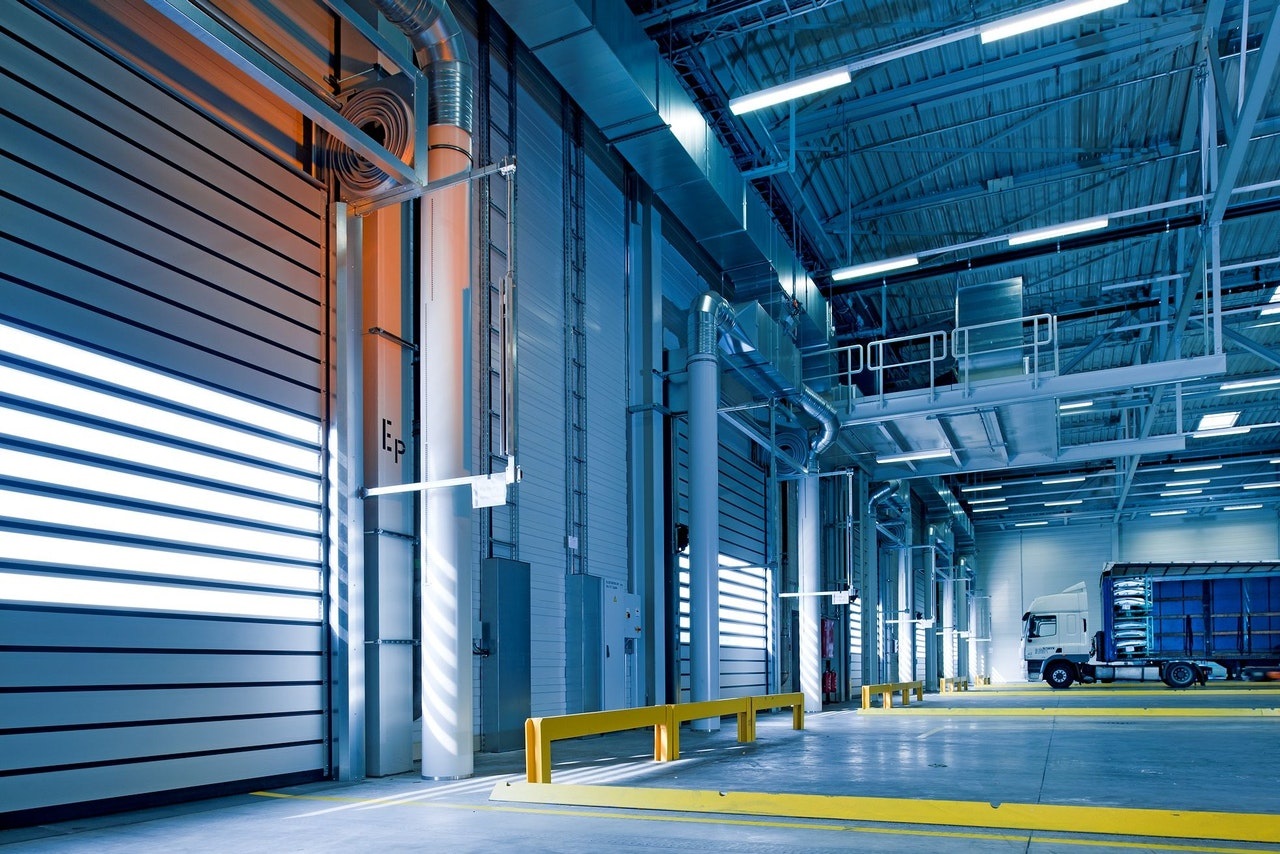What’s Happening in Commercial Real Estate Now?
Almost one year ago, I took a deep dive into the then-current status of commercial real estate sectors. It seems like a good time to look back, consider what transpired, and predict what we might expect going forward.
Let’s see how things shake out.
Industrial: Strongest Sector with a New Twist
E-commerce continues to blow the doors off industrial, especially with Amazon building fulfillment centers everywhere, from 150,000 to 1 million square feet in size. And investors cannot get their hands on them quick enough, even buying buildings before they are completed or leased.
Another factor driving this surge is that many retailers are now building and owning their distribution centers. Using developer capacity and available land for these large facilities will make it even tougher for other warehouse developers to find affordable land and buildings in desirable locations.
CHALLENGES: It is getting harder to find industrial land, especially near population centers. Companies also struggle with securing land just to park vehicles since they need heavy industrial zoning sites for this purpose.
VERDICT: No let-up in sight. Great play for institutional investors looking for modest cash flow, but very little opportunity for value-add investors.
Office: Still Too Soon to Tell
The forecasts for office space are consistent. Workers will return to the office, but on a flexible or limited basis. Working remotely is here to stay, but there remains a need and requirement to go to the office, at least occasionally. How these hybrid and flexible concepts impact the demand for and the design of future office space remains to be seen.
Will shared space concepts like WeWork (which recently went public) finally achieve sustainability?
CHALLENGES: As office leases expire, many companies will modify space requirements. As a result, there will soon be an unusually high number of relocations. Thus, there will be winners and losers, which could create some value-add buying opportunities.
VERDICT: Same as 2020. Market still in flux. Start testing the waters, but remain patient.
Retail: Success Dependent on Location
Retail seems better but remains unstable. Service providers (restaurants, hair salons, banks, etc.), who tend to occupy neighborhood strip centers, struggle with labor and costs. Big-Box retail seems to be stabilizing, except for inventory. Even though top-tier malls are busy, online sale continue to erode instore sales.
CHALLENGES: Lots of unanswered questions: Can mall stores capture enough instore sales? Can mom-and-pop retailers and restaurants stay in business? How well will local governments work with developers to reposition malls? Will there be another virus variant, and how will health authorities and the public respond?
VERDICT: Better than 2020. Location and tenant quality are more important than ever. Tenants will demand more lease flexibility. Expect more public-private partnerships for large scale projects and mall redevelopments.
Hotel: Pain is Forthcoming
Hotels will continue to struggle until business travel returns. Market seems overbuilt, but new brands and concepts are still being added. COVID-safe operating models with scaled-back services persist. How will traditional concepts perform going forward?
VERDICT: This sector seems ripe for buying opportunities in the next few years. However, much depends on if and when occupancies increase and loans mature. Some extended stays could be converted to affordable housing. Since the success of the real estate investment is closely tied to the operating business of the hotel, only those willing to accept that additional risk should venture into this sector.
Multifamily: Millennials Give It Legs
Multifamily occupancies and rents have rebounded well, and investor demand has remained strong. Much of this is driven by a lack of affordable housing for first-time home buyers and a bulging Millennial demographic cohort. Rents are rising rapidly particularly in urban submarkets which might push demand to the suburbs. There is no reason to think this trend will abate anytime soon.
Another trend which seems to be gaining traction is the growth in the single-family rental market particularly in the outer suburban markets. So far this has not negatively impacted the multi-family market.
CHALLENGES: High land and construction costs force up multifamily rents, and density resistance from suburban governments doesn’t help. An increase in the single-family housing supply coupled with low interest rates could soften this market. The only way the numbers work for investors is due to aggressive financing. If that changes, recent buyers could have a problem meeting distribution projections or covering debt service.
VERDICT: Market seems overbuilt, and I can’t reason how young Millennials afford New York rents, but for now, I think the market stays strong.
Future of CRE Sectors: Hard to Predict
Since the pandemic’s onset, I’ve questioned which behaviors or trends changed permanently and which ones underwent only a temporary disruption. Hopefully, this brief analysis sheds some light on that question.
I will note the financial disaster predicted by many investors looking for the next great buying opportunity did not occur. This is a result of the enormous amount of liquidity in the market, the relative conservative lending since the Great Recession and historically low interest rates. While hotels, office, and some retail properties may still undergo financial distress, an industry-wide collapse á la 2009 does not seem likely.
Now is the time to be a seller, thanks to growing optimism, exceptionally low interest rates, and lots of cash chasing fewer deals. If you are looking to buy, I offer my usual advice: be patient, stick with the fundamentals, and invest for the long-term.



